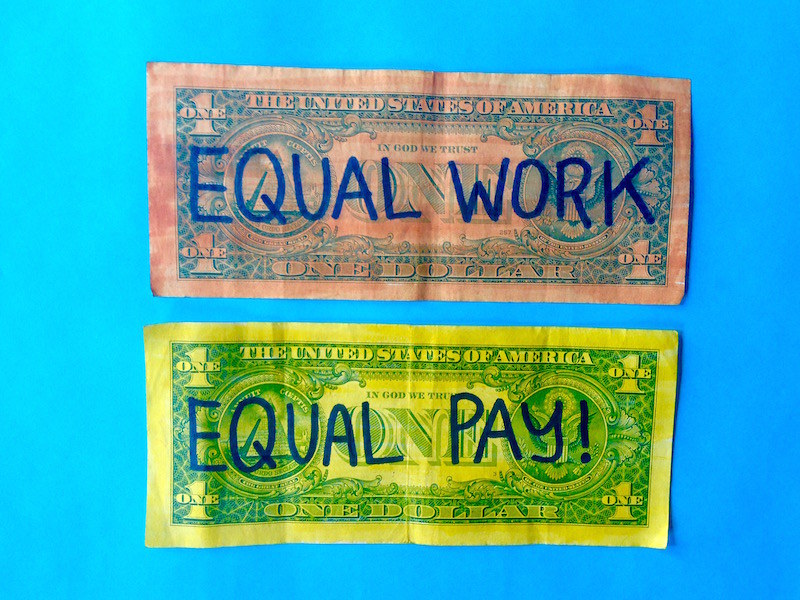Gender Pay Gap: Why Does it Still Exist?
To celebrate the inauguration of Vice President Kamala Harris, I wrote an article about some of the United States’ most memorable women’s rights moments. While doing the research for the article, I came across the fact that some of the equal rights “wins” are not what they seem; they’re contradicting. This article’s about one of the many: The 1963 Equal Pay Act, which was supposed to abolish the wage discrimination against women, but failed to, with an average current pay gap of 20%.
Even though it’s been over 58 years since that act was passed, the United States is far from closing the gender wage gap. The Institute for Women’s Policy Research doesn’t believe equal pay will be reached until 2059, almost an entire century after the act was passed.
The gender pay gap differs by state, from Wyoming being the largest with women making 63% of what men make, to the smallest being Vermont with women making 91% of what men make. The gender wage difference in New Jersey is about 20%, meaning women make 80 cents for every dollar their male counterpart makes, which is in the ballpark of the United State’s average pay gap.
The question of how come the gender pay gap still exists, even though it has been outlawed, does not have a straightforward answer, and depending on who you ask, the answer will vary. Most answers have one thing in common: the Equal Pay Act was too vague and allowed for wiggle room and loopholes.
To quickly sum up The Equal Pay Act, it prohibits employers from paying different salaries to male and female workers that have similar work (jobs that require equal skill, effort, and responsibility). It also contains several exceptions such as wage differences based on seniority, merit, and productivity.
The unclear wording and subjectiveness of the exceptions is the reason why female workers still receive less pay than their male counterparts. It’s hard to make a case and prove that the reason why one is making less is because of their gender. Employers can easily argue that the reason is related to other things that the Equal Pay Act allows, and it’s hard to fight that. If a woman can manage to prove that she is receiving less pay because of her gender, the company will only have to reward the plaintiff two years of retroactive pay, which is barely a hit to large companies.
Why should you care? You should care because it’s nowhere near fair that one receives less pay because of their gender. All across the country, women are working equally hard as their male counterparts, just to receive less pay. If a male worker makes $70,000 a year, that means his female counterpart is only making around $56,000 a year — a significant difference.
As high schoolers, it may seem ages away until this applies to us, so we assume that the problem will be solved by then. When the Equal Pay Act was first passed, women made about 60 cents for every dollar a male made. More than half a century later, it’s only increased about 20 cents, and in some states, it has barely changed. The problem won’t solve itself. We have to care about it now, to make the future fair, because “Equal work deserves equal pay!”


